In modeling a BJT's DC operating point, the actual forward beta is the result of iterated numerical circuit calculations where the linearized operating point of the BJT is repeatedly recomputed at each step and then re-applied to generate the next step's results. After time, and in comparison with some settable "stop when the changes from one step to the next are smaller than this amount", Spice will settle out and give you some results. Those results can be used to then derive the resulting forward beta.
Note that while BF is one of the BJT model parameters used in this process, it is not the only one that directly impacts the final results. It's just the more obvious one. There's also ISC, ISE, NC, NE, IKF, IKR, VAF, RE, RB, and RC to name still more that may have varying impacts depending on circumstances. Actually, pretty much everything matters in the end.
You don't get to specify the resulting forward beta. You can specify BF over a range. And that will almost always have the desired effect for any legitimate desire.
But, for example, you don't get to tell Spice over which range of voltage gains you want to run a simulation for a common emitter circuit design. Similarly, you don't get to tell Spice what you want for the range of the final computed forward beta.
You don't get to bound calculation results. You only get to bound the inputs to the simulation, not the outputs of it.
That said, you are allowed to study the models used and decide which of the parameters you want to control and over what range. Lawrence Nagel's thesis, Spice2: A Computer Program to Simulate Semiconductor Circuits, is a good start. It's also free to access. If you go there, you can start on page A2.11. Another good source to read is Chapter 14 on HSPICE's BJT modeling. And finally, if you want the newest, best on the topic then see the most exquisite transistor model. That's the main page. But if you drill down to the Documentation page you will see multiple useful links. One of them is The Mextram Bipolar Transistor Model, G. Niu, R. van der Toorn, J.C.J. Paasschens, and W.J. Kloosterman which is an extensive PDF on their modeling approach.
To run a parameter sweep, I usually just use .STEP (this is not the only way, but just one way.) You can then use .MODEL to create your own model name. If you include "ako:" and a starting model name then you won't have to specify all the parameters, as they will be defaulted to the specified model. You can then just focus on changing BF with the new model. Then link your BJTs to that model. Spice will then parameterize your BJT model and perform a run for each step, which you control.
Here's an example so that you won't have any remaining questions about what I just wrote, above:

And finally, here's a slightly fancier way to go. I selected 2000 points per decade, which is over-doing it. But it results in a smooth curve display. Also, I included the ratio of the actual beta to the specified BF parameter, so you can see the variance (in red):



